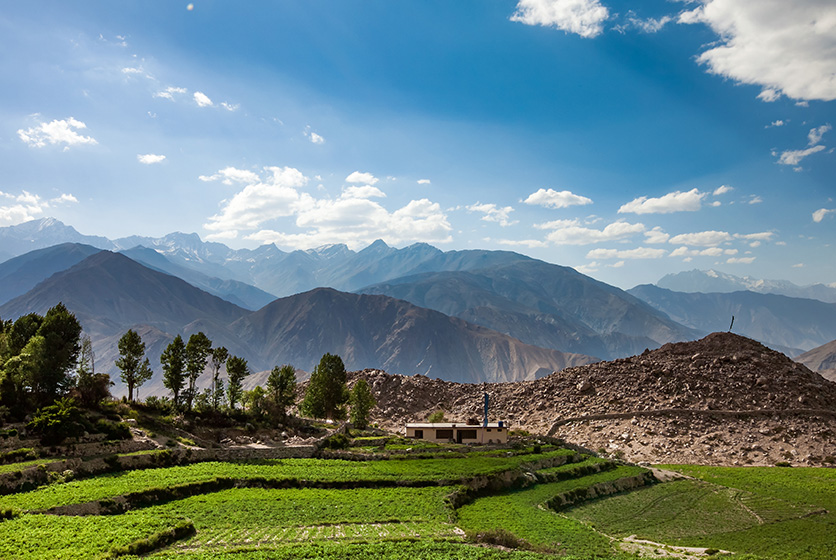People in Agriculture – Nekram Sharma
The history of agriculture in India can be traced to 9000 BCE. The Indian subcontinent was the largest producer of grain way back then! Other important characteristics of our agricultural history include:
-
Use of iron implements
-
Blend of Persian and Indian irrigation techniques
-
Specific ‘revolutions’ that changed the landscape of fisheries, dairy, oilseeds and so on
-
A variety of farming techniques such as crop rotation, terraced farming, intricate well systems for water management, and intercropping too
Intercropping has a rich history around the world and in India, it has been used by farmers to increase crop diversity, improve efficiency of resourse use, and build crop resilience too. Mixed farming techniques have been implemented differently across India and in Mandi district of Himachal Pradesh, this method has been given renewed impetus thanks to Nekram Sharma.
According to NITI Aayog, agriculture in Himachal Pradesh provides direct employment to 71% of the population. Wheat, maize, paddy, vegetable, asafoetida, black gram, and millets are a few of the well-known crops that grow in this region. And Nekram Sharma is changing the agricultural system of Himachal Pradesh with his revival of an ancient technique called Nau-anaj.
Nekram Sharma and Nau-Anaj
Nau-anaj translates directly as nine-crop. Nekram Sharma has implemented this method in Mandi district of Himachal Pradesh. This nau-anaj mixed farming or intercropping system, according to Nekram Sharma, is characterised by:
-
Growing nine food grains on one piece of land
-
Usually, it is a combination of lentils, vegetables, millets, cereals, legumes, creepers
-
Using fruit-bearing trees as natural fencing
-
Giving the farmer backup crops
-
Choosing crops that help each other and not compete for resources

One of the important requirements for the viability of this nau-anaj method is to choose crops that support each other’s growth. Nekram Sharma invested around six years to find the correct combination of crops. He considered soil conditions, weather patterns, and availability of water in the region. He also toured the region to learn about ancient systems, some of which date back to more than hundred years! Crop choices should be made so that they consume lower amounts of water, enhance soil fertility & nitrogen levels, grow at a faster rate, and fight off pests and diseases too.
Success story
2010 was when Sharma implemented the nau-anaj system in Mandi. The efficiency and success of this system was inspirational. And today around 5000 farmers have adopted this system. There is a co-operative of farmers; Parvatiye Tikau Kheti Abhiyan (PTKA); that is fuelling the growth and success of this system.
Sharma has supplemented his work with a seed bank, run by his wife Ramkali. Indigenous seeds are not only preserved through this bank, but also distributed to farmers. The nau-anaj method also believes in chemical-free cropping. The low-cost farming technique is viable also because it promotes the use of jeevamruth, and other natural products to help the crops deal with diseases, fertiliser requirements and so on.
For his hard work, and valuable service, Nekram Sharma was conferred the Padma Shri award in 2023.



